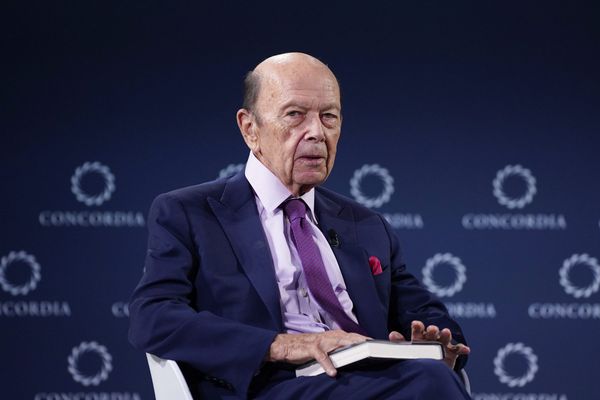
- Women are a driving force in America's economy but still have a great amount of untapped potential according to a new report from Bank of America.
If you're looking for someone to thank for the economy's resilience at the moment, women might be a good place to start. According to new research from Bank of America, women are playing a key role in the economy's health.
The new report, 'What's the power of a woman's wallet?' found that women's spending and annual income growth has accelerated well beyond that of their male counterparts.
It also revealed some positive markers heading into 2025, with women increasing their labor-force participation courtesy of higher numbers of graduates.
Taylor Bowley, an economist at BofA's America Institute, found that for the past five out of six years, women’s median discretionary spending growth has been stronger than men's.
Bowley writes in the note seen by Fortune: "Continued strength in discretionary spending, especially as prices across some items within this category have fallen, suggests women have increased potential to drive economic growth."
But what is driving women's spending power? Their employment, for one—which is continuing to outpace the national average.
For the past two years, women's employment growth has been greater than the average, though the pace in 2024 fell below the rate recorded in 2019.
The boom in employment is down to growth in so-called "women-intensive" sectors such as social services, personal services, health services, educational services, and apparel stores.
Payroll data collected by BofA from small businesses found that payroll growth for these industries significantly outpaced all other sectors in 2023, but fell more closely in line in 2024.
That being said, in September 2024, payrolls in "women-intensive" industries were still growing at a rate of 5.5%.
An increase in payroll—perhaps unsurprisingly—indicates that women are participating more in the economy. Not only that, but education data also suggests that they will continue to do so.
Citing the Bureau of Labor Statistics (BLS), BofA writes that in the demographic of prime-age workers (people aged between 25 and 54), the rate of women's labor force participation excelled twice as quickly among women than men when compared to a year prior.
Looking ahead, the growth in school enrollments by gender revealed that men and women are now nearly on par—with male enrollments growing at approximately 1% and female enrollments growing at approximately 0.9%.
Women behind on pay
Despite women outpacing men in relation to growth in spending and labor force participation, their earnings still lag that of their male counterparts.
According to BLS statistics, in 2023 (the most recent data available) women in full-time salaried roles had weekly earnings of $1,005.
This is 83.6% of the $1,202 median average of men also working in full-time, salaried roles.
However, Bowley reveals that using BofA's internal customer account data, women’s median annual income has been rising faster than men’s for the past few years.
Indexed against 2019, as of August 2024, women's median annual income was around 132.5, whereas the index for men reads at approximately 128.
Bowley explains the clear reason for the shift: "For women who have changed jobs, the associated rise in pay has been relatively strong. Though the overall percentage raise associated with a job-to-job change has been slowing, the raises women have received from a job change have been higher than men since 2019, per Bank of America internal data."
Indeed, the positive difference between job-change pay increases for women and men as of September 2024 was just under 2%.
"This rising, positive difference in pay increases for women changing jobs suggests women are narrowing the gender pay gap, likely due in part to more opportunities for higher-paying work as well as accelerated wage growth in lower-paying sectors in female-dominated professions," Bowley adds.
Rising stars
Bowley writes that women "are playing an increasingly important role in U.S. economic growth" due to their increased workforce participation—often in critical service sectors—and consistent spending.
But despite that, "there remains untapped potential, which would unequivocally benefit the economy," Bowley adds.
"Women’s employment growth has slowed from the beginning of last year, and in our view, it could be that lower pay means that women are hit harder by high inflation," Bowley concludes.
"This highlights that it's increasingly important that women need not only to sustain economic gains but to improve them through efforts that support continuing education and acceleration in women’s labor market participation."







